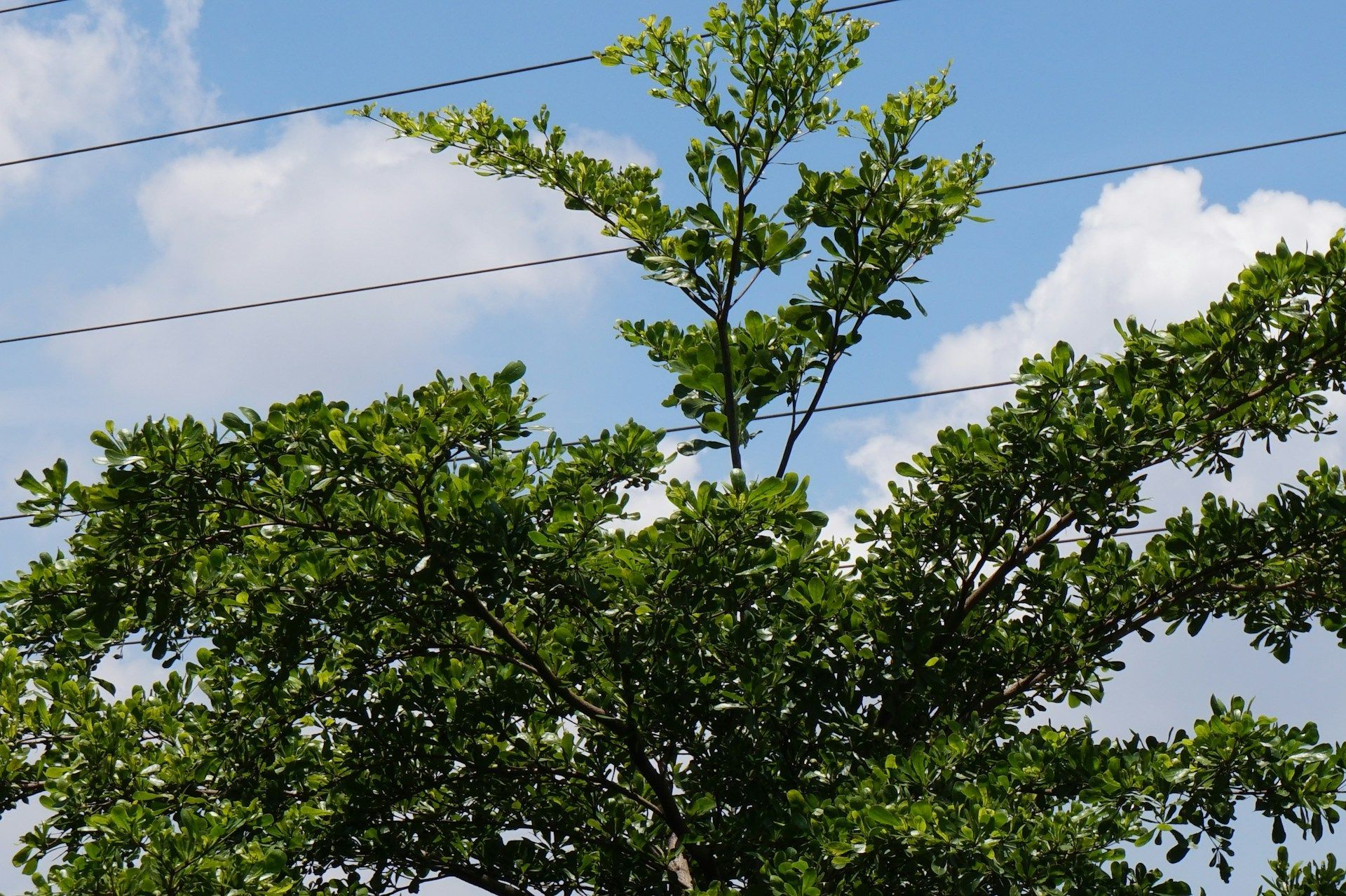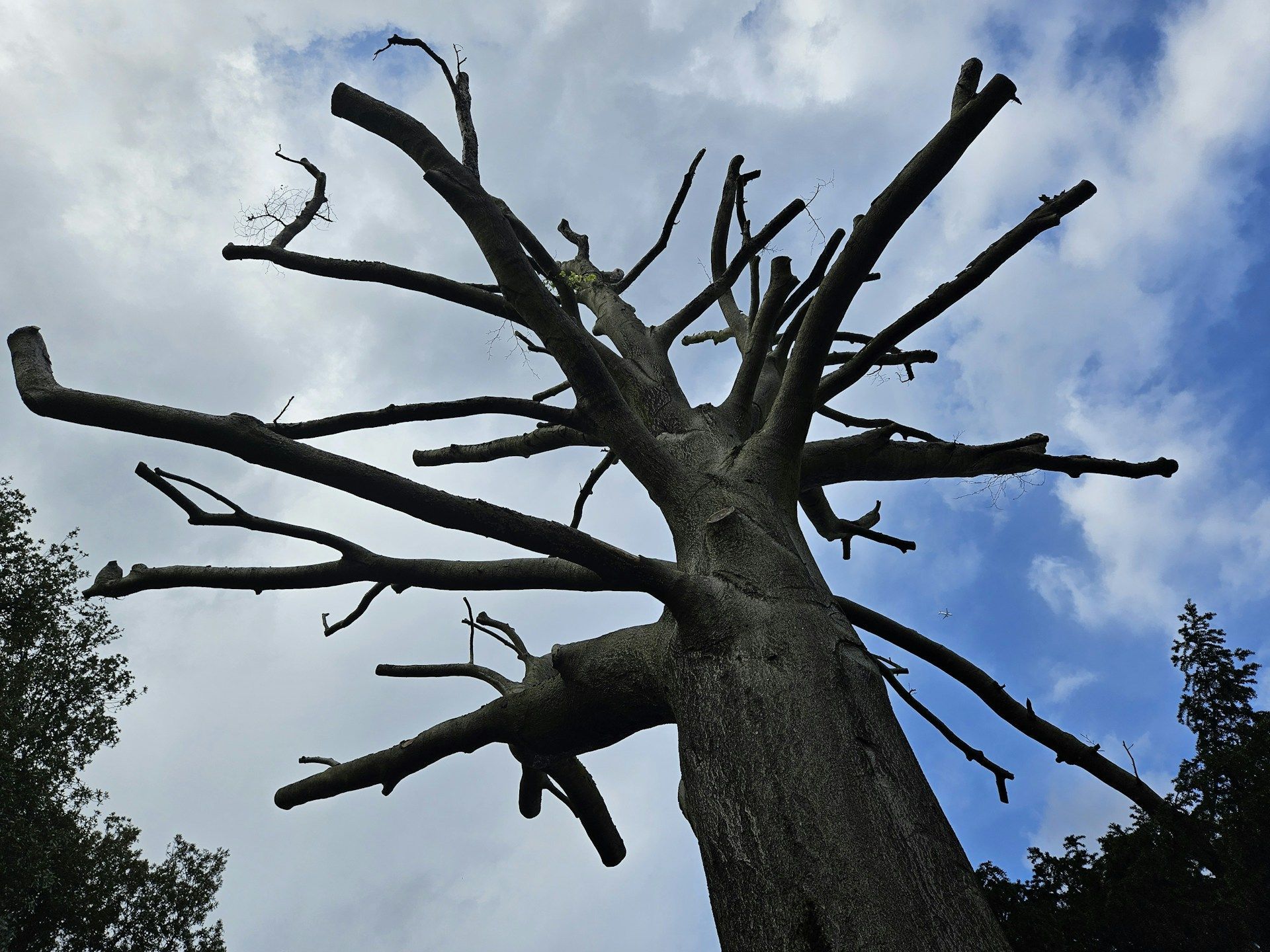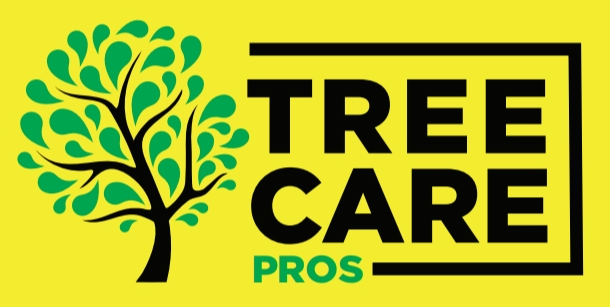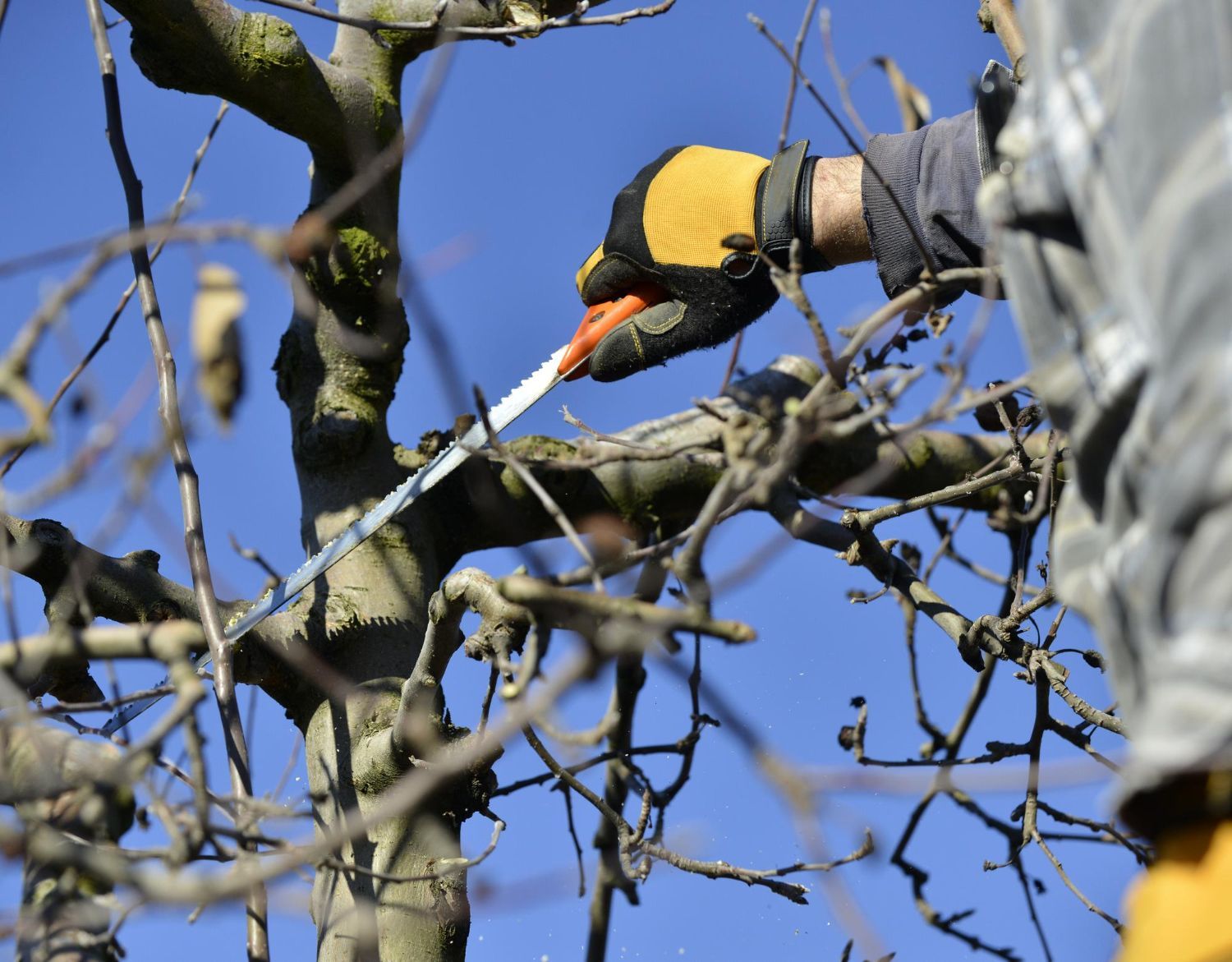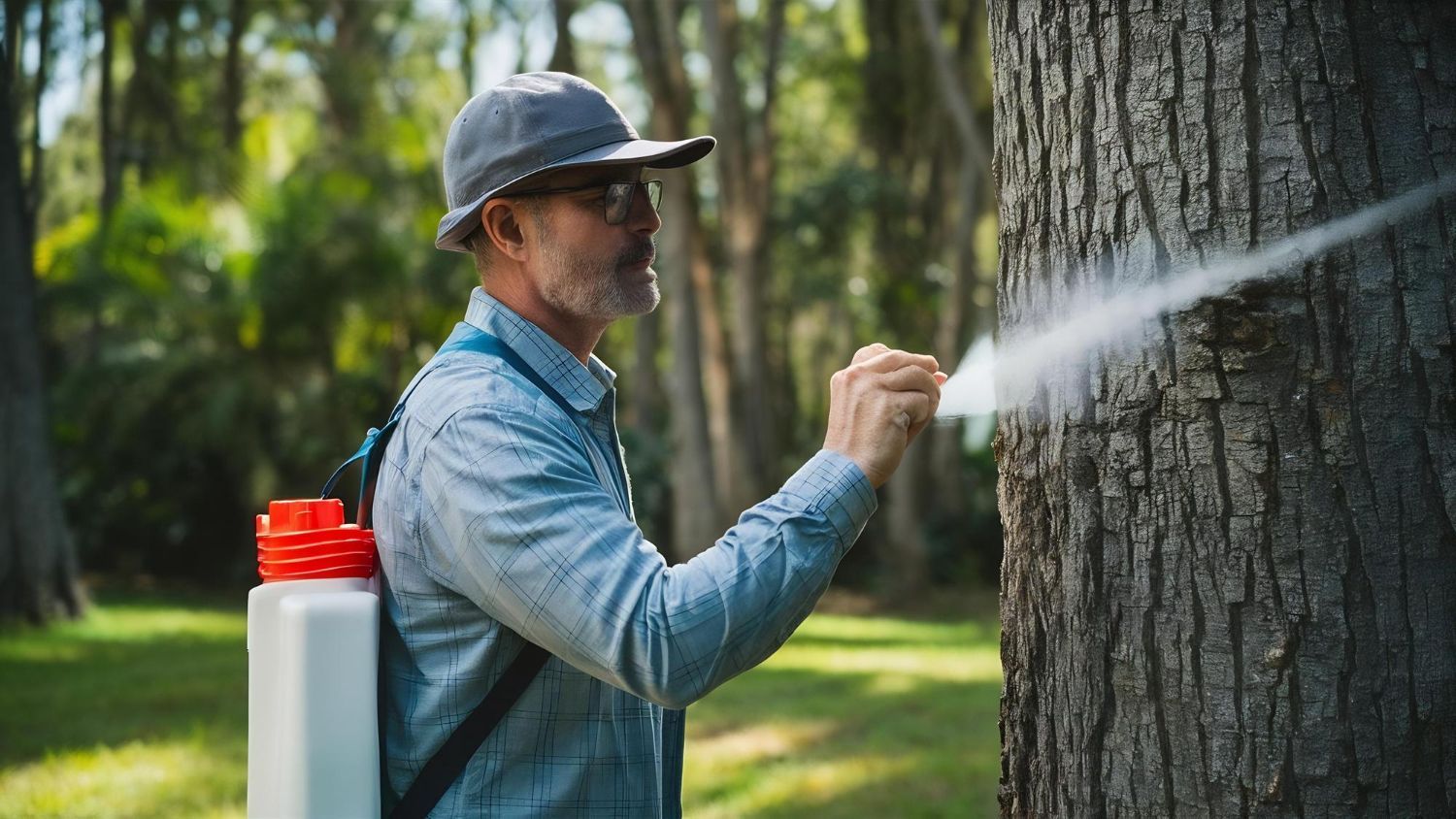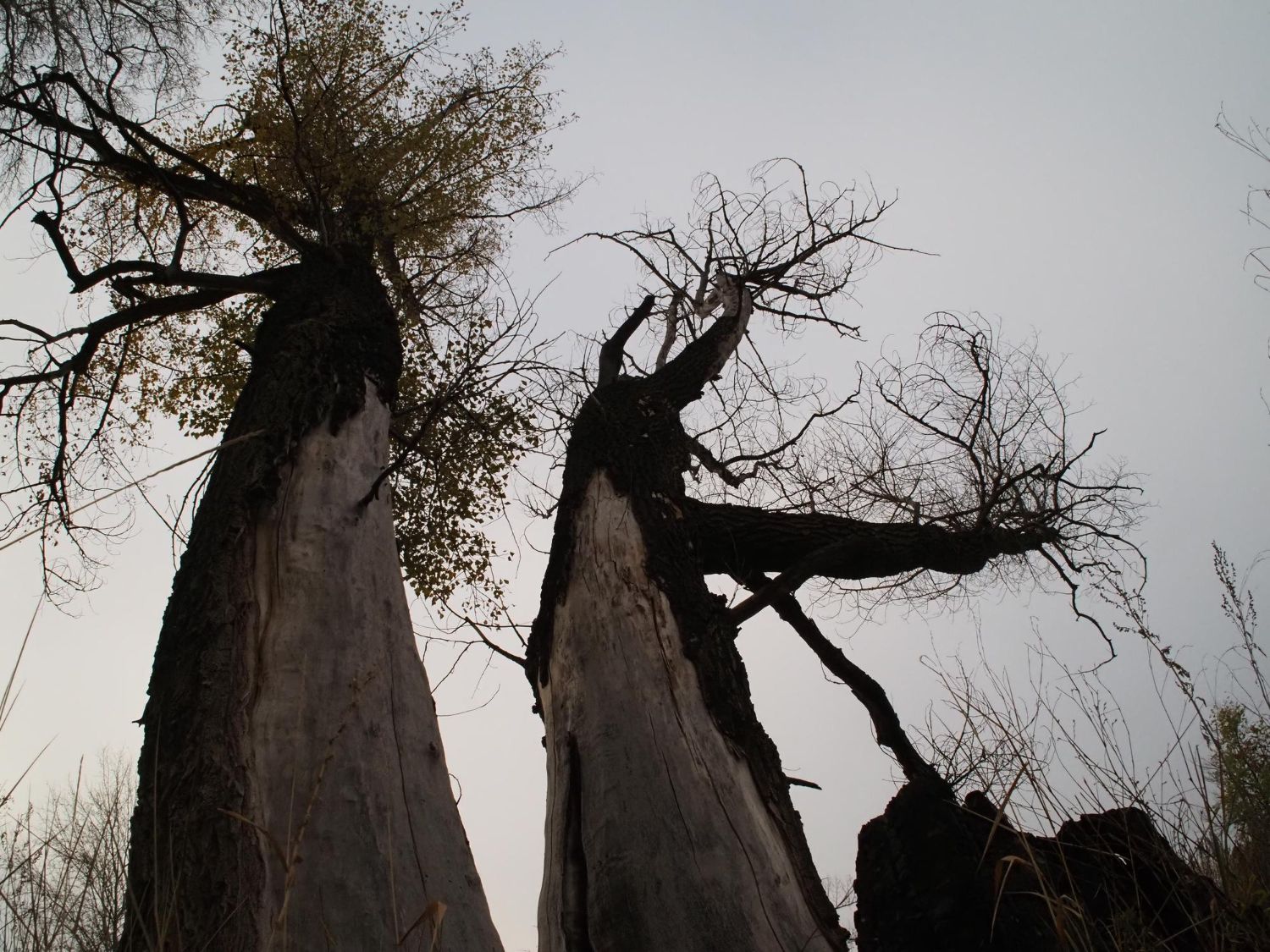The Benefits of Removing Dead or Dying Trees
Removing dead or dying trees from your property is an important task that often gets overlooked. These trees can pose serious risks if not dealt with promptly. Dead or dying trees are weak and can easily fall during storms or high winds. They might also attract pests like termites or beetles, which can spread to healthy trees or even your home.
When you remove these trees, you not only prevent potential hazards but also improve the overall look and health of your yard. Dead trees can be unsightly and drag down the curb appeal of your property. Removing them and planting new trees or shrubs can make a big difference in how your outdoor space looks and feels. By taking action to remove these hazards, you’re making your property a safer place for everyone.
Preventing Property Damage
One major benefit of removing dead or dying trees is preventing property damage. Dead trees are unstable and can collapse at any moment, especially during storms or strong winds. This can lead to branches falling on your house, car, or other structures on your property, causing costly repairs.
In addition, the roots of dead trees can become weak and brittle, losing their ability to stabilize the soil around them. This can lead to soil erosion and even shifts in the foundation of buildings nearby. Removing these trees before they fall can save you from a lot of trouble and expense.
Taking down dead trees also protects nearby healthy trees and plants. Dead trees can carry diseases or pests that might spread to other parts of your yard. By removing these trees, you minimize the risk of infection spreading and keep your yard healthier overall.
Promoting Safety
Safety is another crucial reason to remove dead or dying trees. These trees pose a threat to anyone who comes near them. Branches can fall suddenly, and the entire tree could topple over without warning. This is especially dangerous if you have children, pets, or frequently host visitors in your yard.
Even if the tree doesn’t look like it’s going to fall, it can still be hazardous. Deadwood is brittle and can snap easily, making branches break off with little to no pressure. This makes activities like lawn mowing or playing in the yard much riskier.
Lastly, dead trees located near power lines add an extra level of danger. Falling branches or trees can knock out power, cause fires, or even lead to electrocution. By removing these trees, you’re making your property safer for everyone and reducing the risk of severe accidents.
Enhancing Curb Appeal
Removing dead or dying trees can significantly enhance your property's curb appeal. Dead trees are often eyesores with their leafless branches and decaying trunks. They can make an otherwise beautiful yard look neglected and unkempt. By removing these trees, you can immediately improve the visual appeal of your property.
Healthy, living trees can be planted to replace the dead ones, adding vibrancy and life to your yard. New plantings can also provide shade, improve air quality, and attract wildlife like birds and butterflies. This encourages a more inviting and pleasant environment for you and your visitors.
Additionally, a well-maintained yard can increase your property value. Prospective buyers are more likely to be interested in a home with a neat, attractive yard instead of one with dead or diseased trees. Removing dead trees is a simple step that adds considerable value to your home, both aesthetically and financially.
Improving Tree Health and Growth
Removing dead or dying trees also benefits the health and growth of the remaining trees in your yard. Dead trees can harbour pests and diseases that easily spread to other trees and plants. By removing these sources of infection, you help protect the health of your entire landscape.
Clearing out dead trees also reduces competition for resources like sunlight, water, and nutrients. With these trees gone, the remaining trees have more access to what they need to grow strong and healthy. This can lead to lusher foliage and more robust trees.
Furthermore, removing dead trees can create space for new plantings. You can introduce a variety of species that diversify your landscape, making it more resilient to pests and diseases. Healthy diversity in your yard encourages better overall plant health and creates a more attractive outdoor space.
Conclusion
Removing dead or dying trees is a crucial step in maintaining a safe and beautiful property. It prevents potential property damage and promotes safety by eliminating hazards. The removal also enhances your curb appeal, making your yard more inviting and potentially increasing your home's value. Additionally, it improves the overall health and growth of the remaining trees and plants by reducing competition for vital resources.
By taking action to remove these trees, you are investing in the long-term health and beauty of your property. Don’t wait for a storm or a pest infestation to force your hand. Act now to enjoy the benefits of a healthier, safer, and more attractive yard.
If you require professional tree removal, contact Barrie Tree Care Pros. Our experienced team can safely and efficiently remove dead or dying trees from your property. Reach out to us today for a free consultation and see how we can help improve your outdoor space!

